Gone are the days of traditional TV. With the rapid evolution of technology, online linear streaming channels have emerged as a powerful source to reach a large group of audiences regardless of device and location, especially in the world of media and entertainment. Moreover, These dynamic platforms cross the boundaries of traditional television, heralding a new era where accessibility, convenience, and personalization reign supreme.
The importance of online linear streaming channels cannot be overstated, as they have not only revolutionized how content is consumed but have also given rise to a profound shift in the way we connect with and engage.
Online linear streaming channels make content easily accessible to a global audience. Additionally, viewers can watch their favorite shows, sports events, news, and more from anywhere with an internet connection, eliminating geographical barriers.
Additionally, cloud-based linear streaming provides a convenient way for viewers to consume content in real-time or on-demand. They can watch live broadcasts or catch up on missed episodes, giving them control over their watch time.
Nowadays, linear streaming does not limit itself to big enterprises and broadcasting stations. Anyone can build and start their own linear streaming or linear TV instantly and use linear TV advertising to the best of their advantage.
The Growing Popularity of Linear Streaming
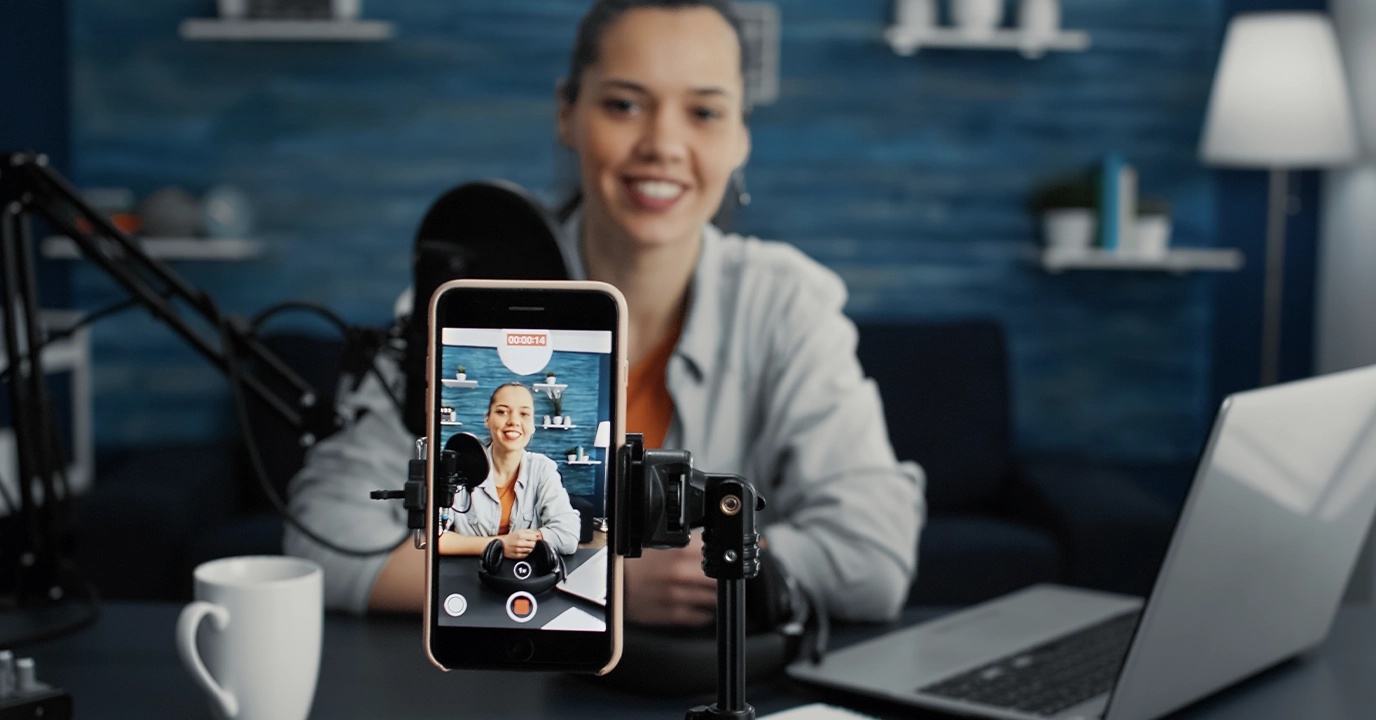
As more people choose to cut the cord and cancel their traditional linear TV, linear streaming services provide an alternative to access live television content. Consequently, content broadcasters have also begun to produce their own original programming, like traditional networks thus allowing viewers to get engaged on their platforms
Many streaming platforms have started to offer linear streaming options alongside their on-demand content libraries. Furthermore, this caters to a wider audience and provides a more comprehensive entertainment solution. With pause, rewind, or record options the viewers are getting a more personalized experience which generates more demand for linear streaming channels. Additionally, this also gives them the freedom to step away from traditional linear TV and opt for the streaming service of their choice.
What is Online Linear Streaming?
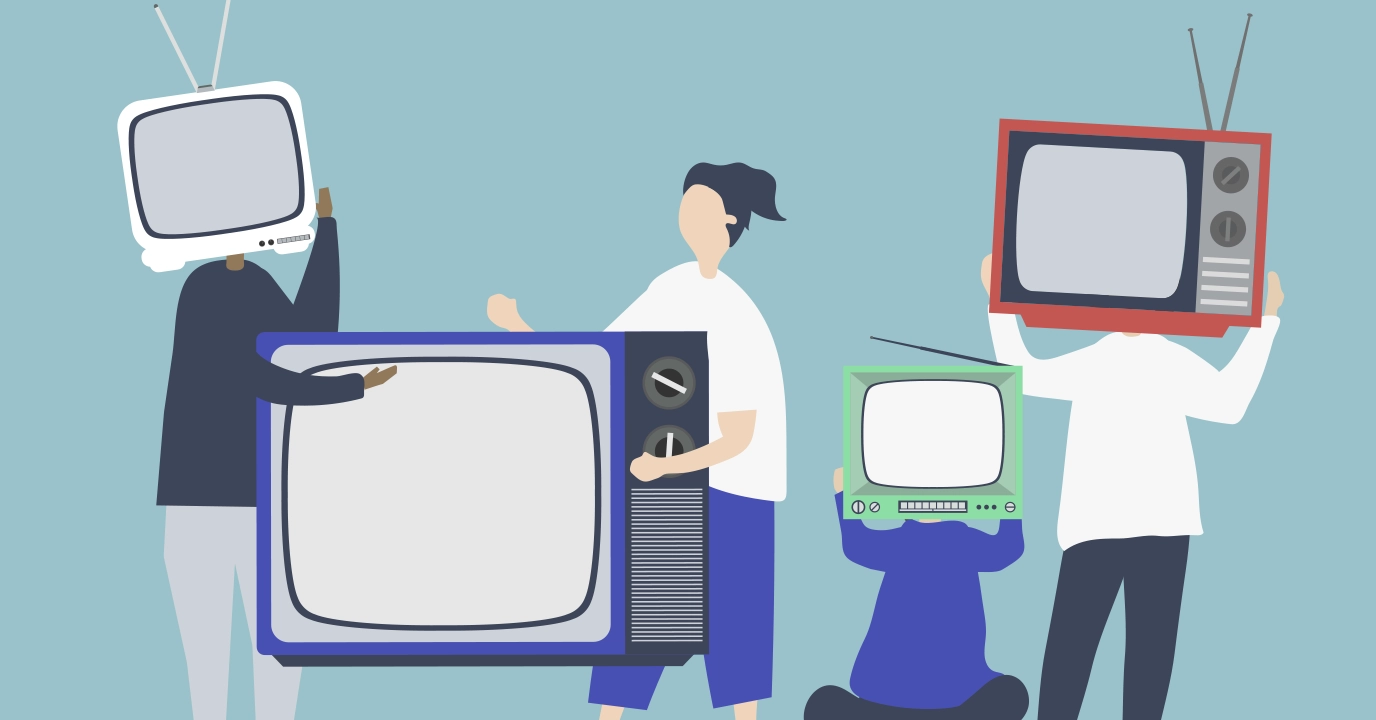
Online Linear streaming refers to the delivery of audio and video content over the internet in real-time. Viewers get the choice to access their chosen content at their own convenience and devices, allowing them to watch it whenever they prefer.
Online linear streaming can be used for a variety of purposes, including live events, news broadcasts, sports coverage, radio stations, and more. Also, tt provides a shared, communal experience where viewers or listeners can engage with content simultaneously as it unfolds, fostering a sense of immediacy and connection.
How is Online Linear Streaming different from On-demand Streaming?
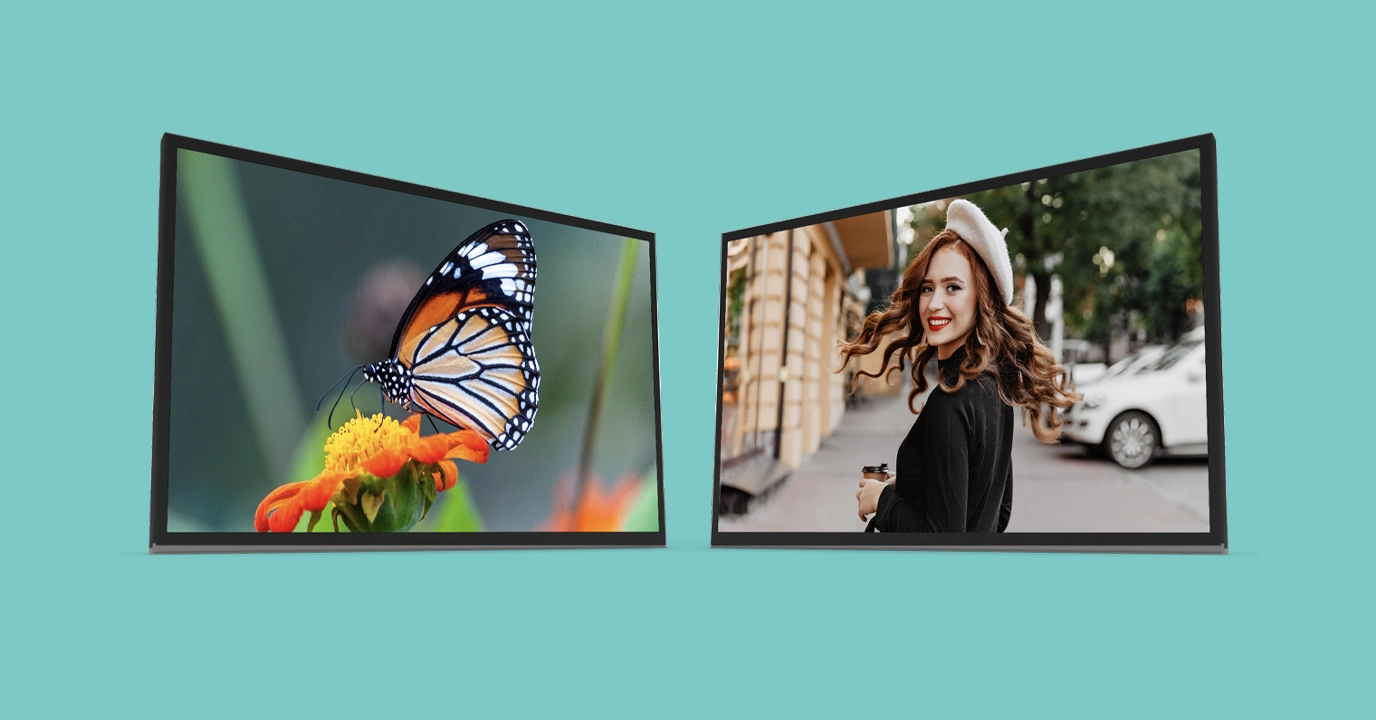
Online linear streaming and on-demand streaming are both methods of delivering digital content over the internet.
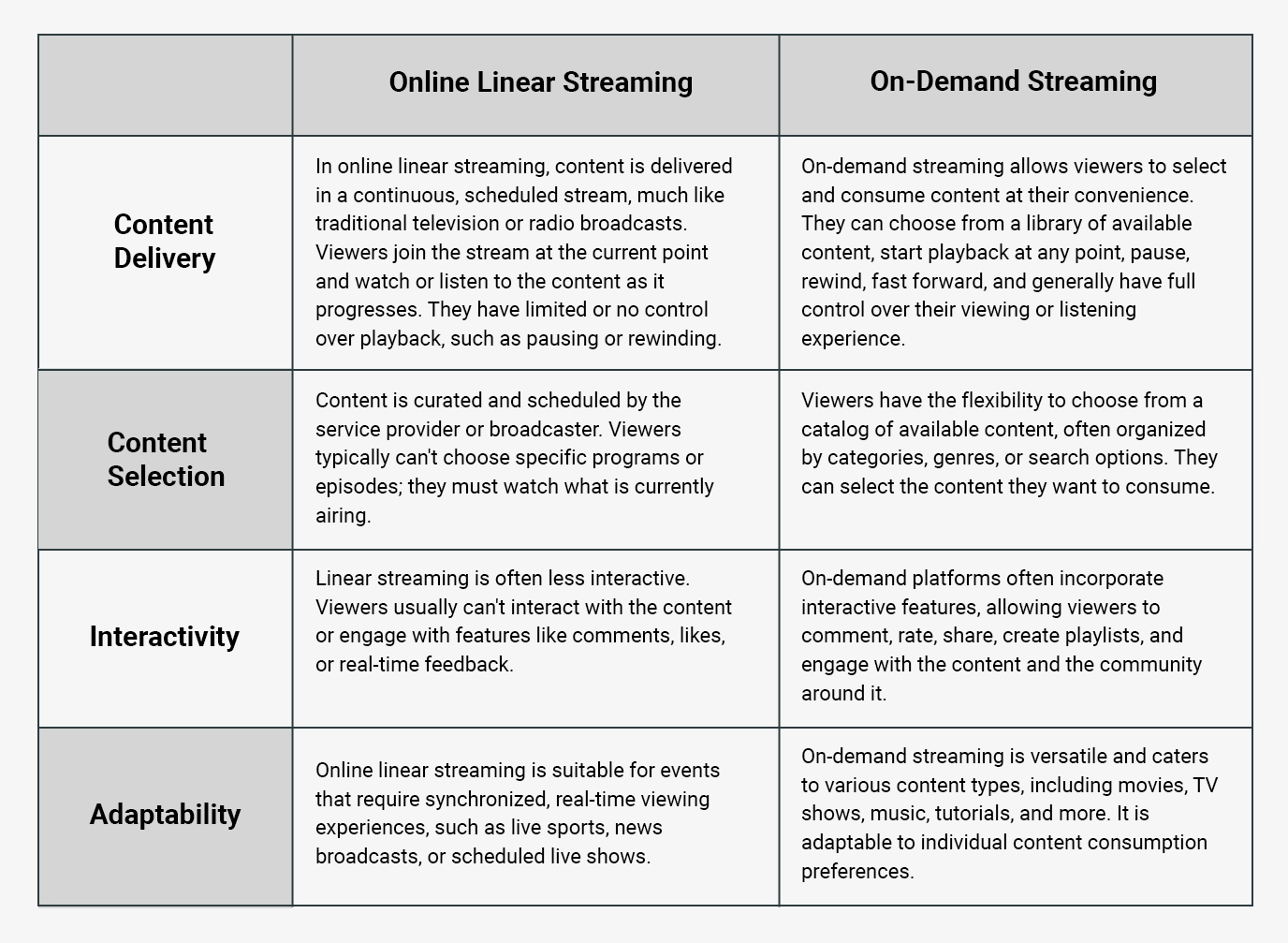
Key Components of Linear Streaming
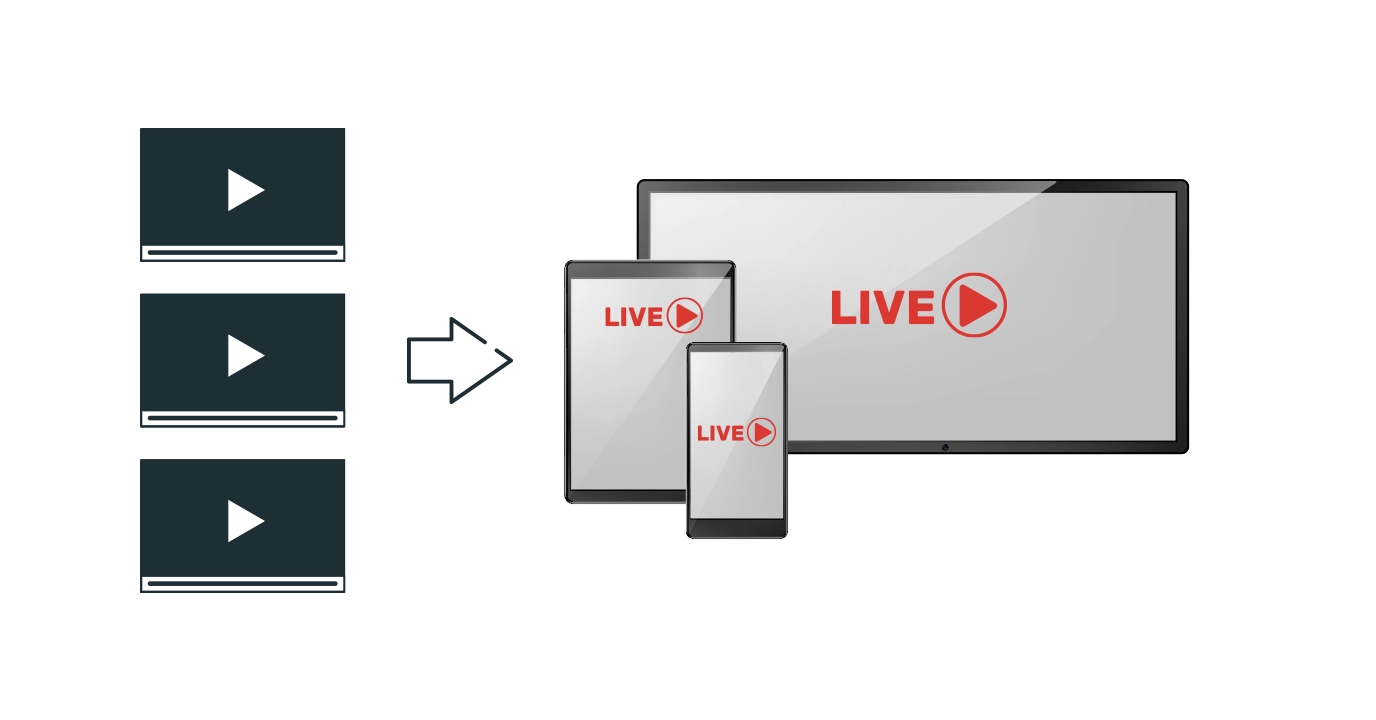
To achieve successful linear streaming, several key components need to work seamlessly together. These components include:
Content Selection:
Content selection involves the process of deciding what content to stream in real-time. This step is crucial as it determines the quality and relevance of the streaming service. Here are some key aspects of content selection:
- Content Acquisition: This involves capturing the live feed from various sources such as cameras, microphones, or satellite feeds. The content may come from live events, studios, or remote locations.
- Content Encoding: Before streaming, the content needs to be encoded into a digital format that can be transmitted over the internet. Common video codecs like H.264, H.265, or VP9 are used for video compression, and audio codecs like AAC or MP3 are used for audio compression.
- Content Management: This involves organizing and managing the content to ensure smooth transitions between different sources or events during the live stream. Content management may also include adding metadata and timestamps for navigation and search purposes.
Scheduling:
Scheduling is the process of determining when and for how long the live stream will occur. Then it involves creating a broadcasting schedule that outlines start times, durations, and any breaks or intermissions. Key considerations for scheduling include:
- Programming Grid: A programming grid is a visual representation of the schedule, showing which content will be broadcast at specific times. It helps viewers know what to expect and when.
- Commercial Breaks: For monetization purposes, scheduling may include the insertion of commercial breaks at specific intervals during the live stream.
- Redundancy and Failover: Scheduling should also account for redundancy and failover mechanisms to ensure uninterrupted streaming even in the event of technical issues.
Delivery Infrastructure:
The delivery infrastructure is the technical backbone that allows content to be transmitted from the source to the viewers in real-time. This component encompasses various elements, including:
- Content Distribution Network (CDN): CDNs play a crucial role in delivering content efficiently to viewers. They consist of distributed servers strategically located around the world to reduce latency and ensure reliable delivery. CDNs replicate and cache content to make it accessible to viewers from nearby servers.
- Streaming Protocols: For instance, streaming protocols like HTTP Live Streaming (HLS) and Dynamic Adaptive Streaming over HTTP (DASH) are commonly used to transmit content. These protocols adapt to the viewer’s network conditions, delivering the best possible quality based on available bandwidth.
- Transcoding and Transmuxing: Transcoding involves converting the source stream into multiple quality profiles to accommodate viewers with varying network conditions and devices. Further, as the next step, transmuxing adapts the stream to different delivery protocols and devices.
- Content Delivery Servers: These are responsible for transmitting the encoded content to viewers. They work in conjunction with CDNs to ensure content is delivered efficiently.
How to Create a Linear Streaming Channel?
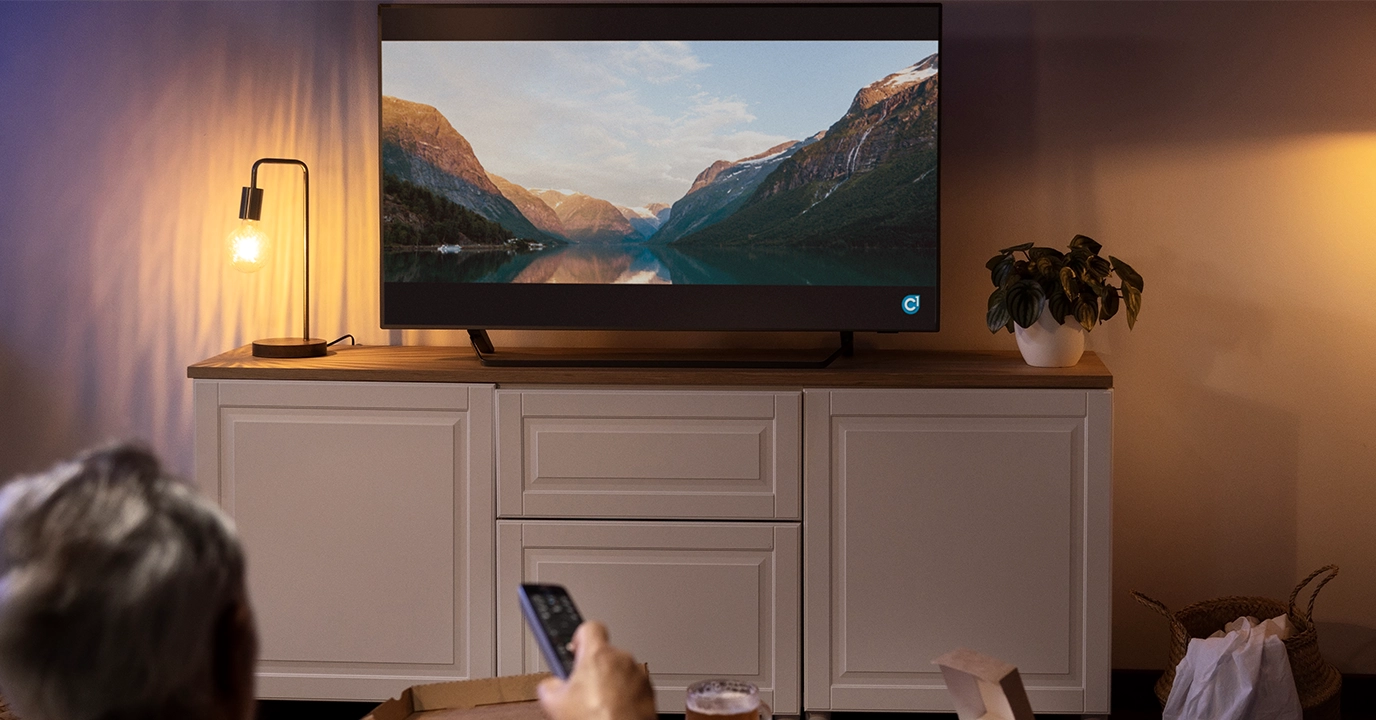
Creating a linear streaming channel involves several steps, from planning and equipment setup to content acquisition and distribution. Here’s a detailed explanation of each step:
Plan Your Channel:
Before you start creating your linear streaming channel, you first need to have a clear plan in place. This means first determining the niche or theme of your channel, your target audience, and the type of content you want to stream. Later, create a content strategy and a programming schedule outlining when and what you’ll broadcast.
Invest in Equipment:
To create a professional streaming channel, you’ll need the right equipment. This includes:
- Audio Source: Invest in quality microphones, audio interfaces, and soundproofing if necessary to ensure excellent audio quality.
- Video Source: Use high-definition cameras, capture cards, and lighting equipment to capture clear and visually appealing video.
- Computer and Software: A powerful computer with streaming software will be necessary for encoding and streaming your content.
Acquire Content:
Depending on your channel’s focus, you may need to acquire content through various means:
- Create Original Content: Produce your own videos, shows, or live broadcasts.
- License Content: Purchase or obtain rights to third-party content, such as movies, TV shows, or sports events.
- User-Generated Content: Encourage user submissions and interactions to include community-generated content.
Choose the Right Streaming Platform for Distribution:
Select a streaming platform that aligns with your channel’s goals. Muvi Playout is one of the most popular platforms that can help you launch your streaming channel instantly without any hassle. Additionally, evaluate each platform’s features, audience, and monetization options to make an informed choice.
Content Preparation (Encoding & Transcoding):
To ensure your content streams smoothly and is accessible to a broad audience, you need to encode and possibly transcode it. In particular, encoding involves converting your audio and video into streaming-compatible formats like H.264 for video and AAC for audio. Transcoding may be required to create multiple quality levels for adaptive streaming.
Scheduling and Playout:
Create a broadcasting schedule that suits your target audience’s preferences. Furthermore, use scheduling software or your chosen streaming platform’s scheduling tools to automate content playout. Lastly, make sure smooth transitions between different content pieces, including commercials or intermissions.
Set Up Monetization:
If you plan to generate revenue from your linear streaming channel, you should also consider these monetization options.
- Ads: Integrate ad platforms like Google AdSense for video ads or sponsorships from brands.
- Pay-per-view: Charge viewers on a per-event or per-content basis. This is commonly used for live events, such as sports, concerts, or special broadcasts, where viewers pay to access the content for a specific duration.
- Subscriptions: Offer premium content to subscribers who pay a monthly fee.
- Donations and Tips: Enable viewers to support you directly through donations during streams.
- Merchandise and Affiliate Marketing: Promote merchandise or products related to your content and earn a commission on sales.

Start Streaming:
Configure your streaming software with the appropriate settings, including the streaming server’s details, video resolution, bitrate, and audio settings. Lastly, ensure a stable internet connection with sufficient bandwidth for your stream. Start your broadcasts on schedule for your streaming channels on linear television.
Marketing and Promotion Strategies:
In addition, building an audience for your channel is crucial for its success. Consider these marketing and promotion strategies:
- Social Media: Promote your channel on various social media platforms to reach a wider audience.
- Collaborations: Partner with other content creators or influencers for cross-promotion.
- Email Marketing: Build an email list to notify subscribers of upcoming broadcasts and events.
- Engage with Your Community: Interact with your viewers through live chats and comments during streams.
Analyze and Improve:
Continuously monitor your channel’s performance, track viewer engagement, and gather feedback. Furthermore, use analytics features provided by your streaming platform to identify areas for improvement and adapt your content strategy accordingly.
The Future of Linear Streaming
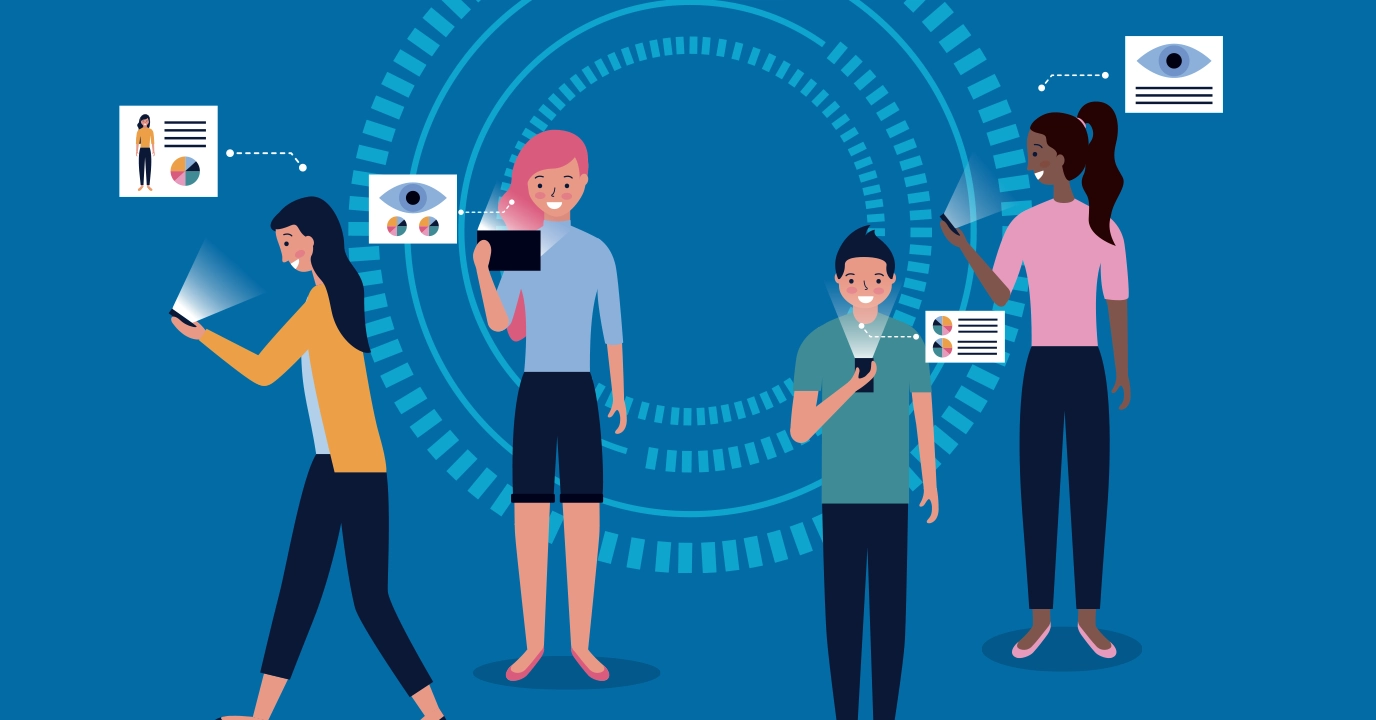
Streaming platforms may continue to experiment with personalized linear channels that combine the convenience of on-demand streaming with the traditional feel of linear TV. Therefore, these channels can be personalized to individual viewer preferences, creating a more engaging and bespoke viewing experience.
Streaming services may increasingly focus on aggregating linear channels from various content providers into a single interface. This could help viewers simplify their streaming experience and find content more easily.
Conclusion
Starting the process of launching and creating an online TV channel has gotten more affordable and feasible, but at the same time, the market has become extremely competitive with rising demands for top-notch audio and video production in your broadcasts.
Choosing a streaming platform with outstanding features and unquestionable reliability is essential. The wise selection of live-streaming equipment is also essential because it supports your ability to create exceptional content of the highest caliber.
Muvi Playout is a cloud playout software for linear TV channels that helps you schedule, launch, and manage your cloud-based linear TV channel. Consequently, with Muvi Playout you can gain global exposure, expand revenue streams, and build a loyal audience. easily Deliver 24/7 live linear streaming across several streaming platforms for agile television channel programming. Start a free trial to learn how Muvi can help you launch your own linear streaming channel.

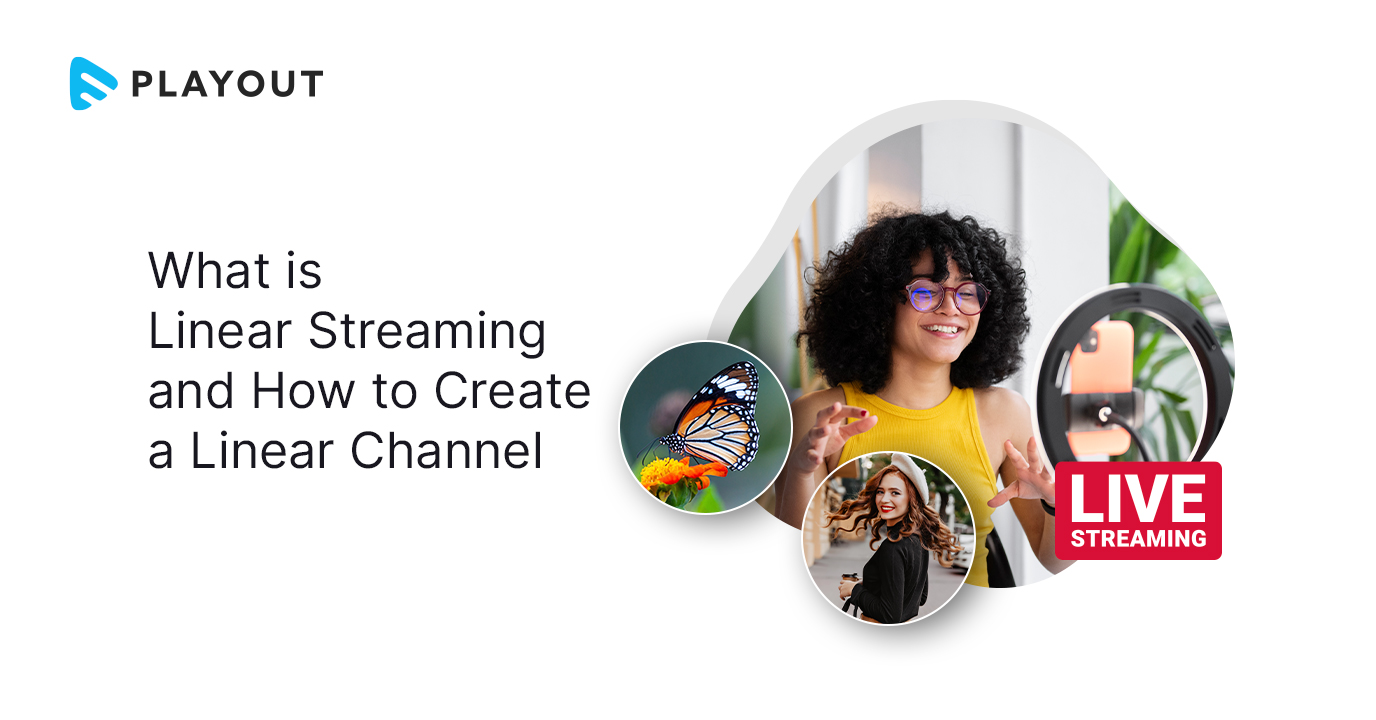

















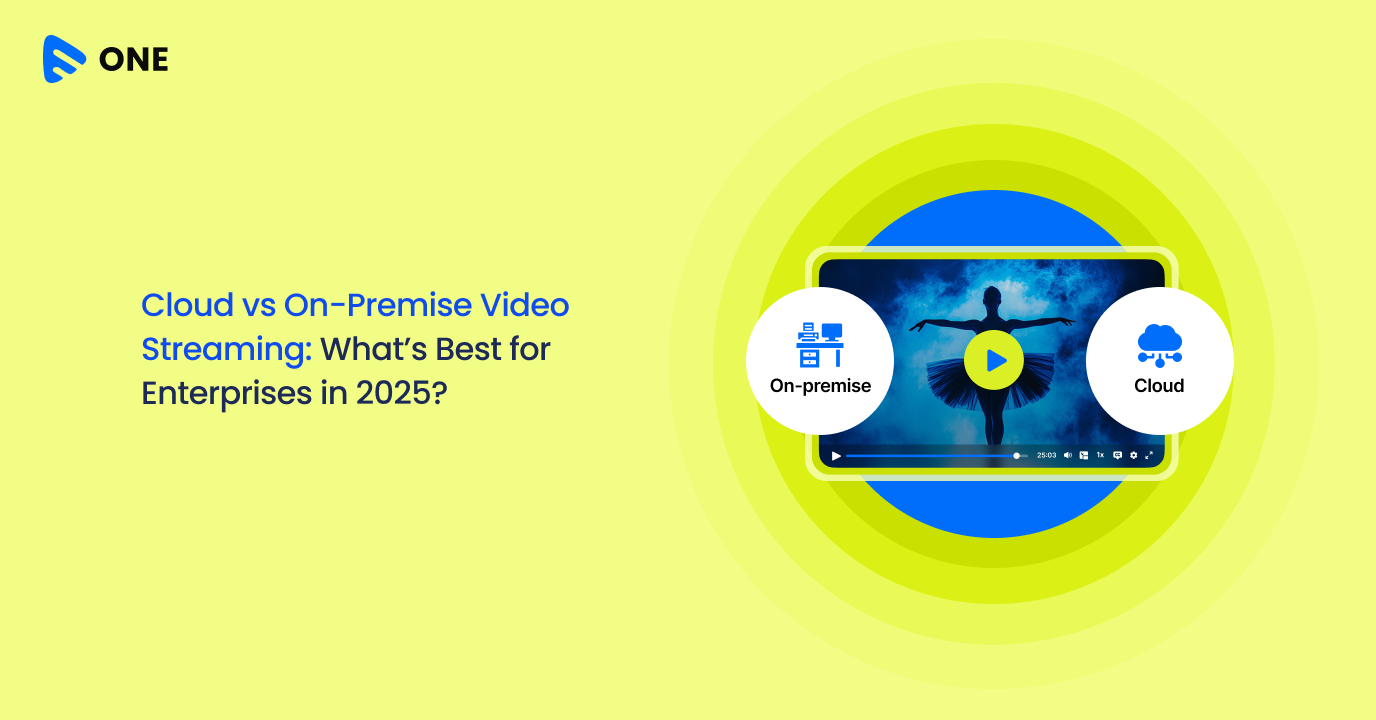
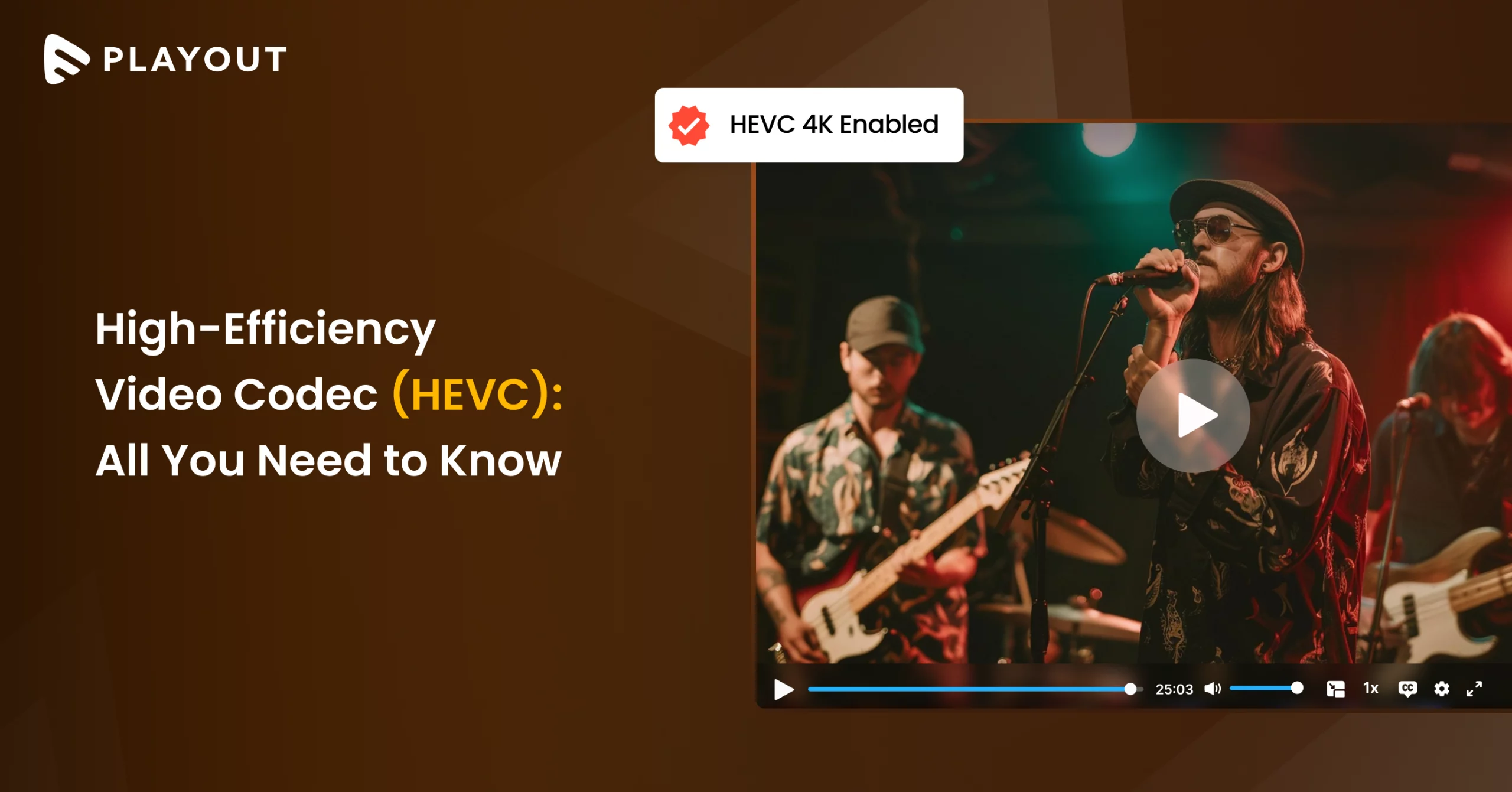




Add your comment